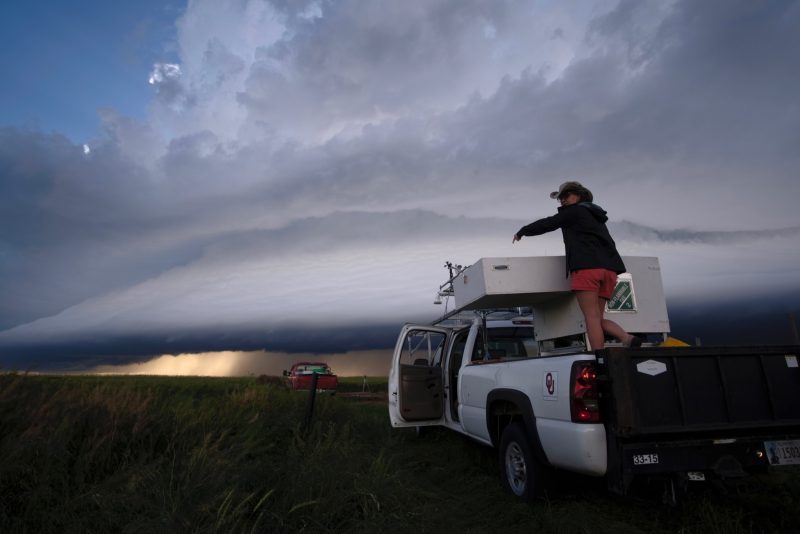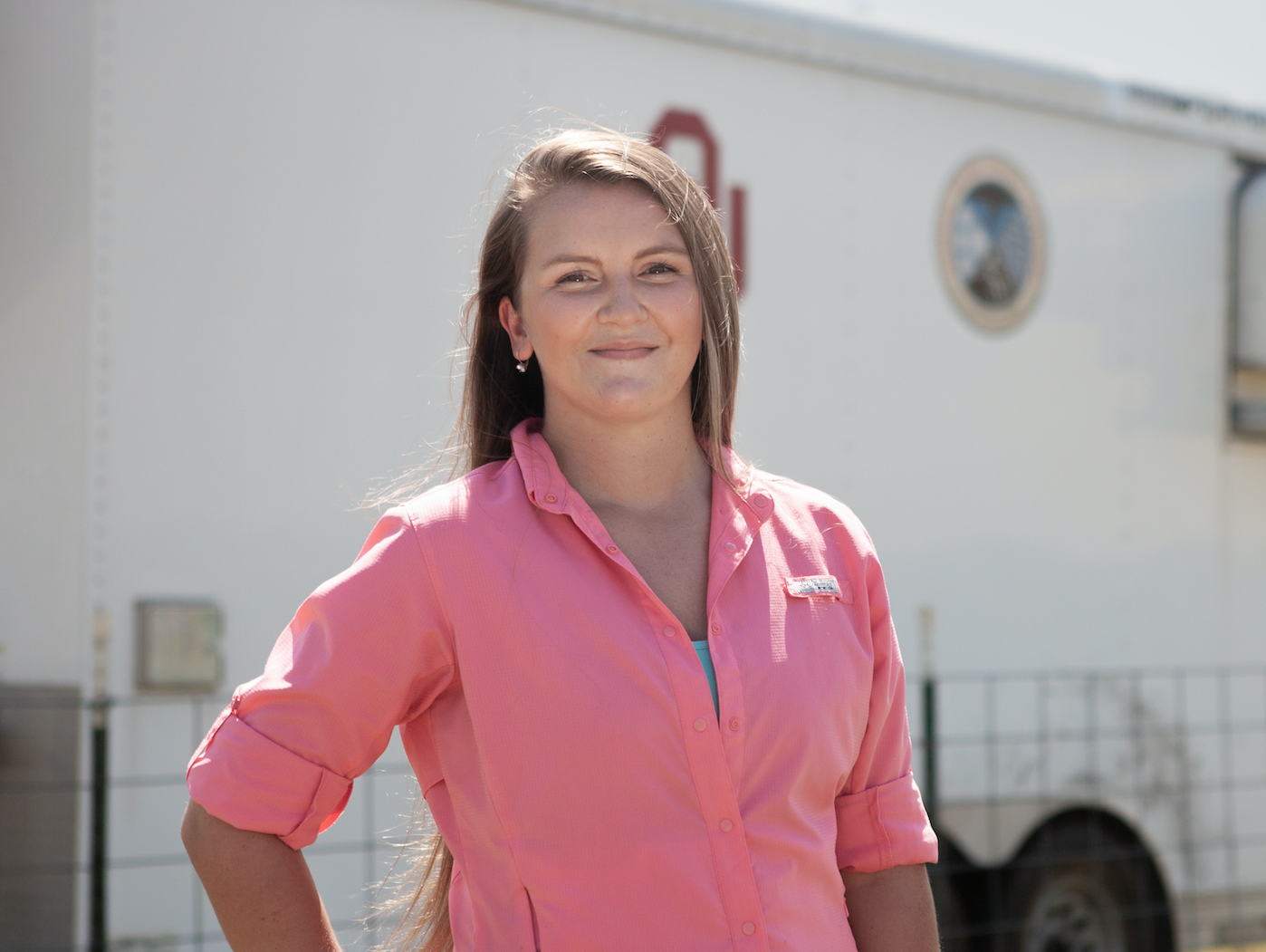
Elizabeth N. Smith, Ph. D.
Research Meteorologist
Elizabeth studies the boundary layer at the NOAA-National Severe Storms Laboratory in Norman, Oklahoma.
Active Areas of Research
Mobile Doppler Lidar and Weather Sensing Uncrewed Aircraft Systems (UAS)
I lead NSSL work developing and deploying mobile Doppler lidar systems and weather sensing uncrewed aircraft systems (UAS), analyzing wind observations, and investigating pre-convection boundary layers on many projects.
VORTEX-USA: Verification of the Origins of Rotation in Tornadoes EXperiment-USA
Since Sept. 2019, I have led various projects as part of the VORTEX-SE/USA program including a multi-year observation effort Defining the capabilities of boundary layer profiling systems for operations in the southeastern United States.
Nocturnal Low-Level Jets and the Plains Elevated Convection At Night Experiment (PECAN)
My doctoral work focused on documenting the Great Plains nocturnal low-level jet using PECAN observations. I continue to expand that work to evaluate more cases and explore connections to nighttime convection initiation.
Boundary Layer Observation Methods
Across all my active projects, I use modern methods of observing the boundary layer. I work closely with the OU and NOAA/NSSL CLAMPS platforms, and I evaluate new platforms that could enhance NSSL’s and NOAA’s upper-air observing network.
About Elizabeth…

Dr. Elizabeth Smith has been a research meteorologist at NOAA’s National Severe Storms Laboratory since January 2020. Her scientific work at NSSL focuses on boundary layer processes relevant to near- and pre-storm environments and convection initiation, and she specializes in boundary layer profiler observations. She earned a Ph.D. in Meteorology from the University of Oklahoma in December of 2018 and spent a postdoctoral year at OU’s NOAA Cooperative Institute. Before graduate study at OU, she earned a B.S. in Meteorology at the California University of Pennsylvania—now called PennWest California—in 2014. Beyond her specialty-specific contributions, Dr. Smith is invested in making science and scientific workplaces inclusive. You can learn more by viewing her CV, heading to her About Me page, or getting in touch directly.
BLISS Research
Dr. Smith collaborates actively with the Boundary Layer Integrated Sensing and Simulation (BLISS) research team located in the National Weather Center. Please visit the BLISS webpage for more frequent updates, collaborative project news, and more.